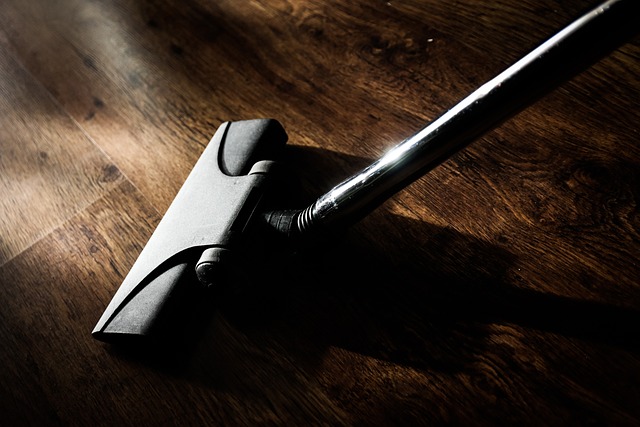How an Air Purifier Improves Indoor Air Quality
Many people are spending more time indoors, and that makes understanding how an air purifier works increasingly important. A well-designed unit can reduce airborne particles, odors, and some gases, helping create a cleaner breathing environment. This article explains common technologies like HEPA and carbon filter systems, how filtration affects indoor air quality, and what to consider when choosing or maintaining a device. This article is for informational purposes only and should not be considered medical advice. Please consult a qualified healthcare professional for personalized guidance and treatment.

What does an air purifier do?
An air purifier draws room air through a series of filters or treatment stages to remove particles, gases, and odors. Most units combine mechanical filtration with activated carbon or other media to tackle different pollutants. Air purifiers do not eliminate all contaminants—volatile organic compounds (VOCs), very fine particles, and gaseous pollutants require specific technologies. Proper placement, matching the purifier’s CADR (clean air delivery rate) to room size, and regular maintenance are essential to achieve the best performance and sustain healthier indoor air quality over time.
How do HEPA filters help?
HEPA filters trap airborne particles through mechanical means: interception, impaction, and diffusion. True HEPA filters can capture at least 99.97% of particles 0.3 microns in diameter, which includes pollen, dust, pet dander, and many respiratory aerosols. HEPA performance is especially beneficial for people with allergies or asthma triggered by particulate matter. While HEPA filters excel at removing solids and many biological particles, they do not absorb gases or odors—so pairing them with a carbon filter or other technology is common for broader coverage.
What role does a carbon filter play?
A carbon filter uses activated charcoal to adsorb gases, odors, and certain VOCs from indoor air. The porous structure of activated carbon provides a large surface area where molecules adhere, reducing smells from cooking, smoke, and many chemical compounds. Carbon filters are not permanent; they saturate over time and need replacement to remain effective. For households concerned about smells, combustion byproducts, or off-gassing from furniture and paints, a combination system that couples a HEPA filter with a carbon filter is often the most practical approach.
How do air purifiers affect indoor air quality?
Air purifiers can meaningfully lower airborne particle counts and reduce certain gaseous pollutants, which contributes to improved indoor air quality. Their impact depends on room size, air change rate, and the pollutants present. Filtration helps reduce triggers for allergies and may lower exposure to respiratory irritants, but purifiers are one part of a broader strategy—ventilation, source control (limiting pollutant sources), and humidity management are also important. For people with health concerns, consult a healthcare professional and consider professional indoor air quality testing to identify the right combination of interventions.
What types of filtration technologies exist?
Beyond HEPA and activated carbon, several technologies exist: pre-filters capture large particles and extend main filter life; electrostatic precipitators charge particles to collect them on plates; photocatalytic oxidation (PCO) seeks to break down pollutants using UV light and a catalyst; and ultraviolet germicidal irradiation (UVGI) targets microorganisms. Each technology has strengths and trade-offs in effectiveness, maintenance, noise, and byproduct risks. Combining reputable HEPA mechanical filtration with appropriately rated carbon media is a balanced, widely recommended approach for general home use.
Maintenance, placement, and local services in your area
To keep an air purifier working effectively, replace filters on the manufacturer’s recommended schedule, vacuum pre-filters if applicable, and check seals and airflow paths. Place the unit where it can draw unobstructed air, often along an interior wall or near pollutant sources such as the kitchen or pet area. When considering professional help, many local services offer installation, filter supply, and indoor air quality testing. Compare service offerings and verify credentials to ensure safe handling—especially for systems with UV or electrostatic components that require expert maintenance.
Conclusion
Air purifiers are a practical tool to reduce many airborne particles and, when paired with the right media, certain gases and odors. Understanding HEPA and carbon filter functions, matching a unit to room size, and committing to proper maintenance will maximize benefits. Remember that air purifiers complement, not replace, ventilation, source control, and humidity management. For health-related questions about air quality and specific conditions, consult a qualified healthcare professional.






